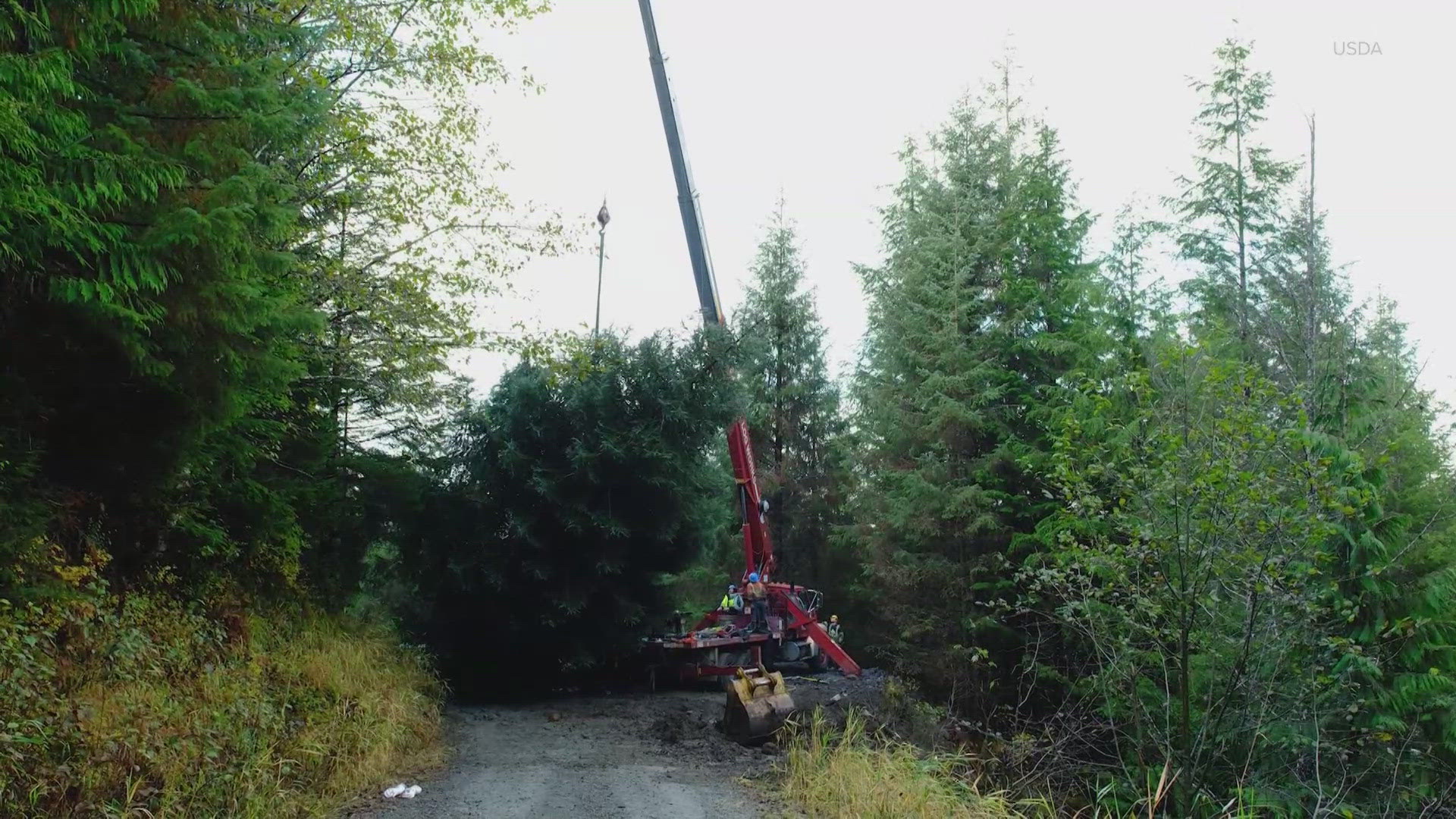Malfunctioning amusements rides aren't uncommon in Washington state. This year is no exception.
About a week before 19 people had to be rescued from "El Nino" at the Washington State Fair, several children were injured after a Tilt-a-Whirl malfunctioned in Kitsap County, sparking outrage from parents.
There have been an average of four amusement ride-related injuries every year in Washington state since 2013, according to The Washington State Department of Labor & Industry. There have been at least five reported injuries this year, the Kitsap Sun reports.
Labor & Industry spokesperson Matthew Erlich recently said the public, L&I, ride operators, and insurance companies "all have a pretty high stake in making sure amusement rides are safe."
All rides, whether permanent or temporary, are supposed to be inspected. L&I certifies third-party companies to inspect and approve rides. Inspections of all rides, whether permanent or temporary, are supposed to be done once a year. But rides still malfunction.
So what can you do to help ensure your safe before you strap in?
L&I says you should check to make sure the ride you are going on has a current state permit decal, which means it has been inspected and approved. The decal should be posted within sight of the ride operator's station. This year, the permit decals are yellow.
If the ride does not have a current permit, L&I electrical inspectors will not approve providing power to the ride, according to Erlich.
"This usually results in the ride operator making sure they get a permit," Erlich said.
Thrill seekers are also recommended to observe how the ride is operated:
- Is the operator taking care to ensure that passengers are appropriately protected?
- Is the operator paying close attention when the ride is in motion?
- Is the operator observing restrictions about rider size?
If the answer the any of the above questions is "no," Erlich says you should speak with the ride operator, and/or contact management, the fairgrounds, event management, or L&I.
L&I notes that annual inspections are a safeguard. But normal wear and tear or other "unforeseen circumstances" may result in an accident.
"If safety became a widespread concern among customers and, as a result, ridership declined, they could go out of business. It's in the industry's own self-interest to keep its rides as safe as possible," according to a statement from L&I.



